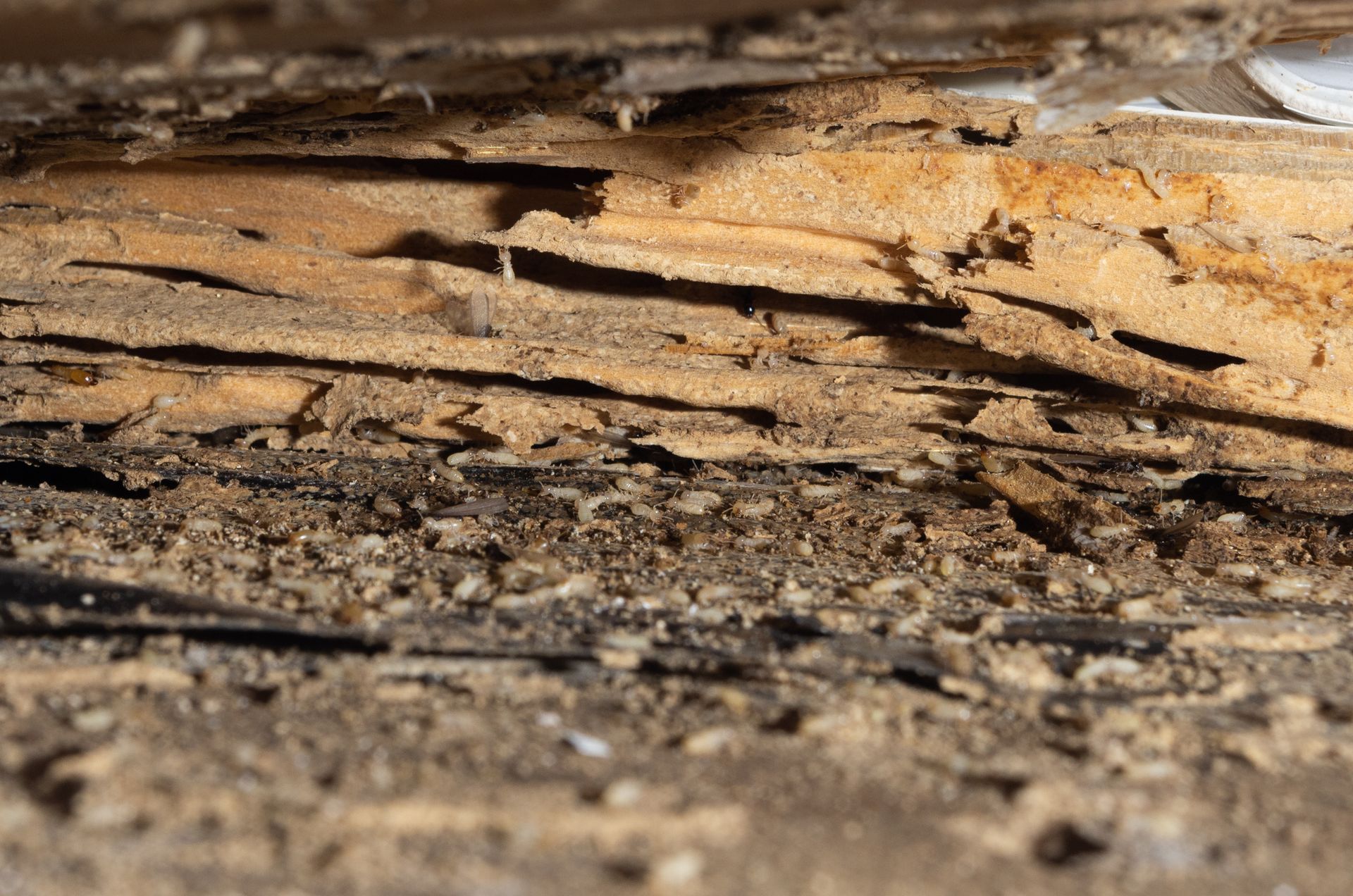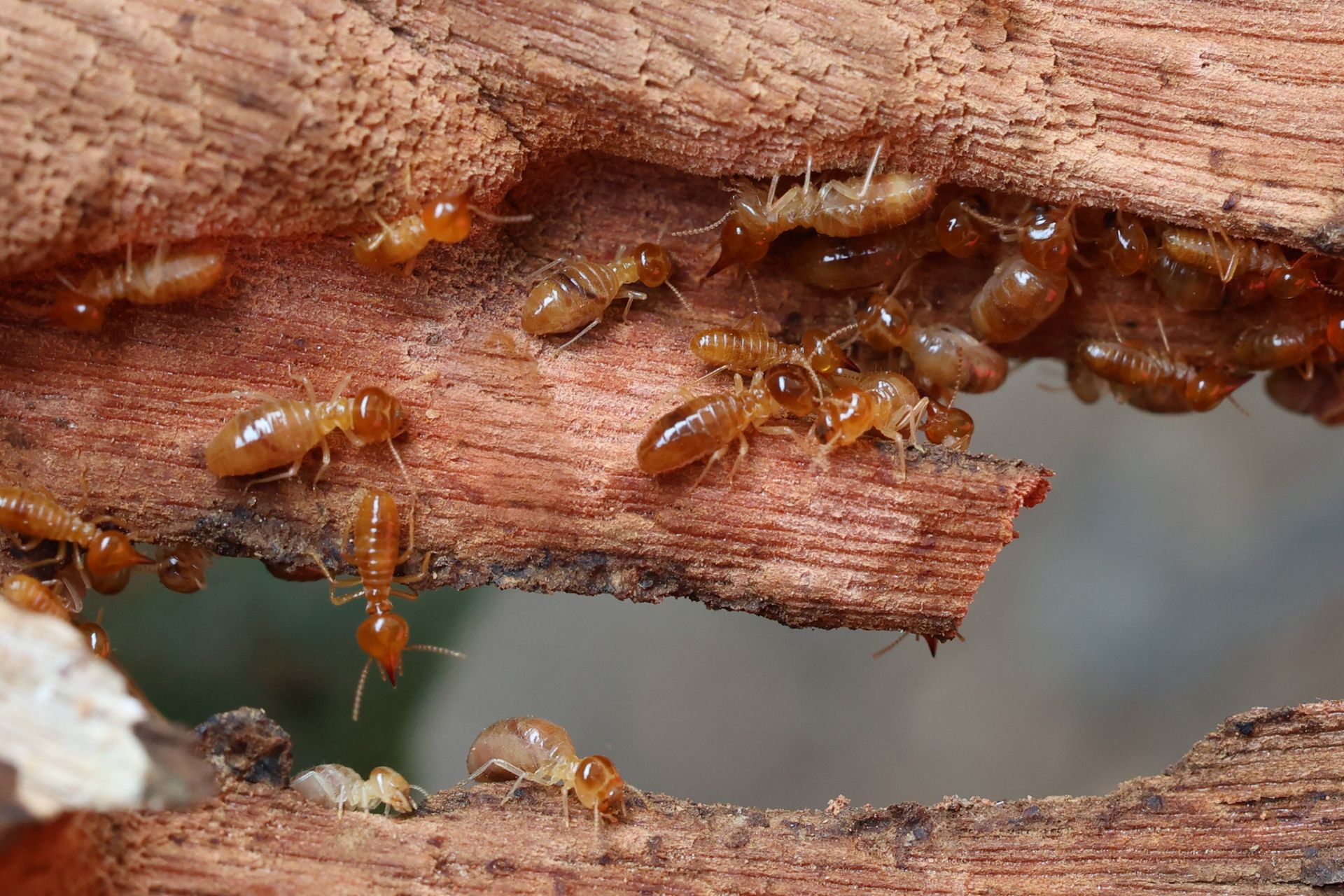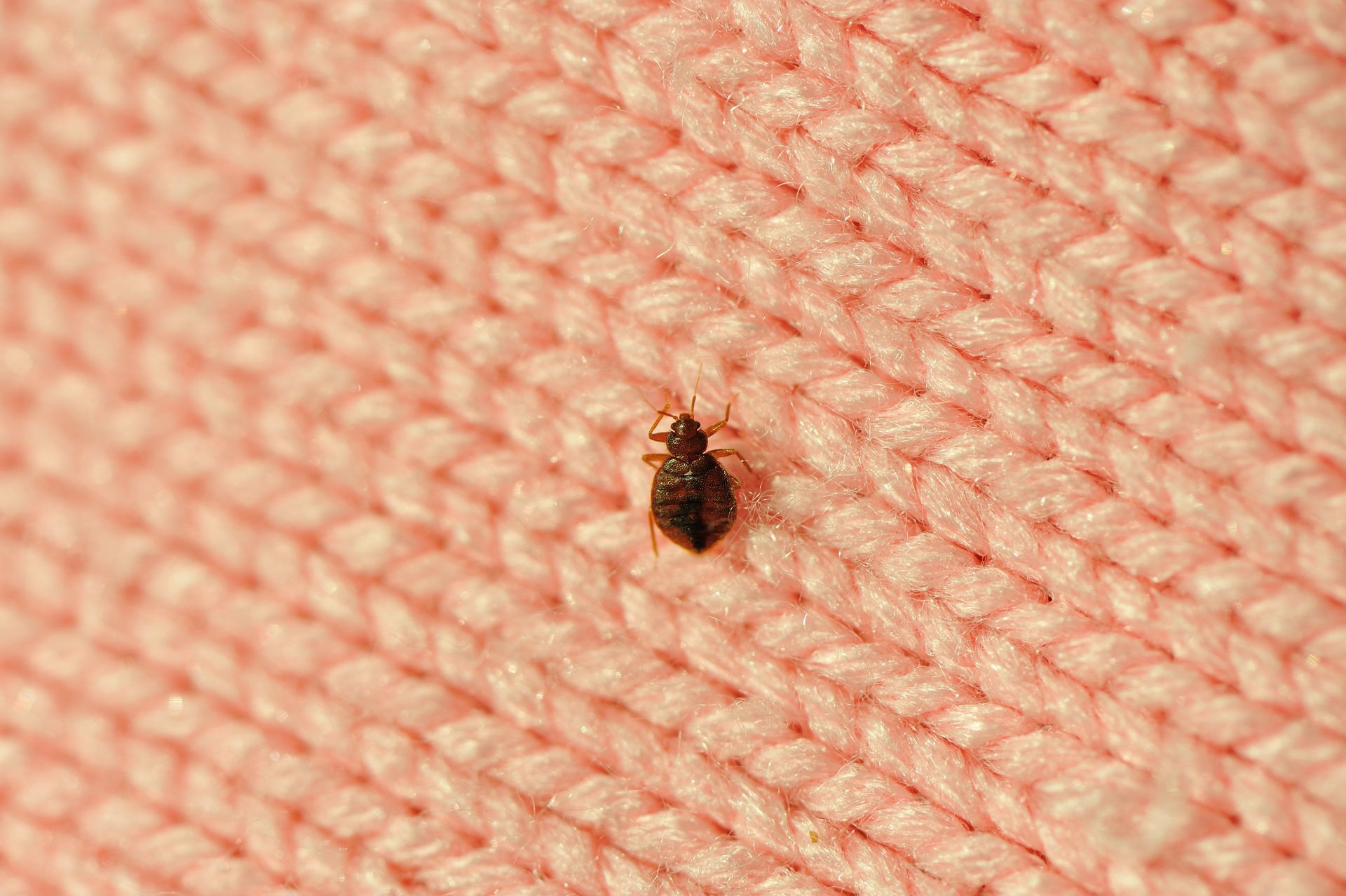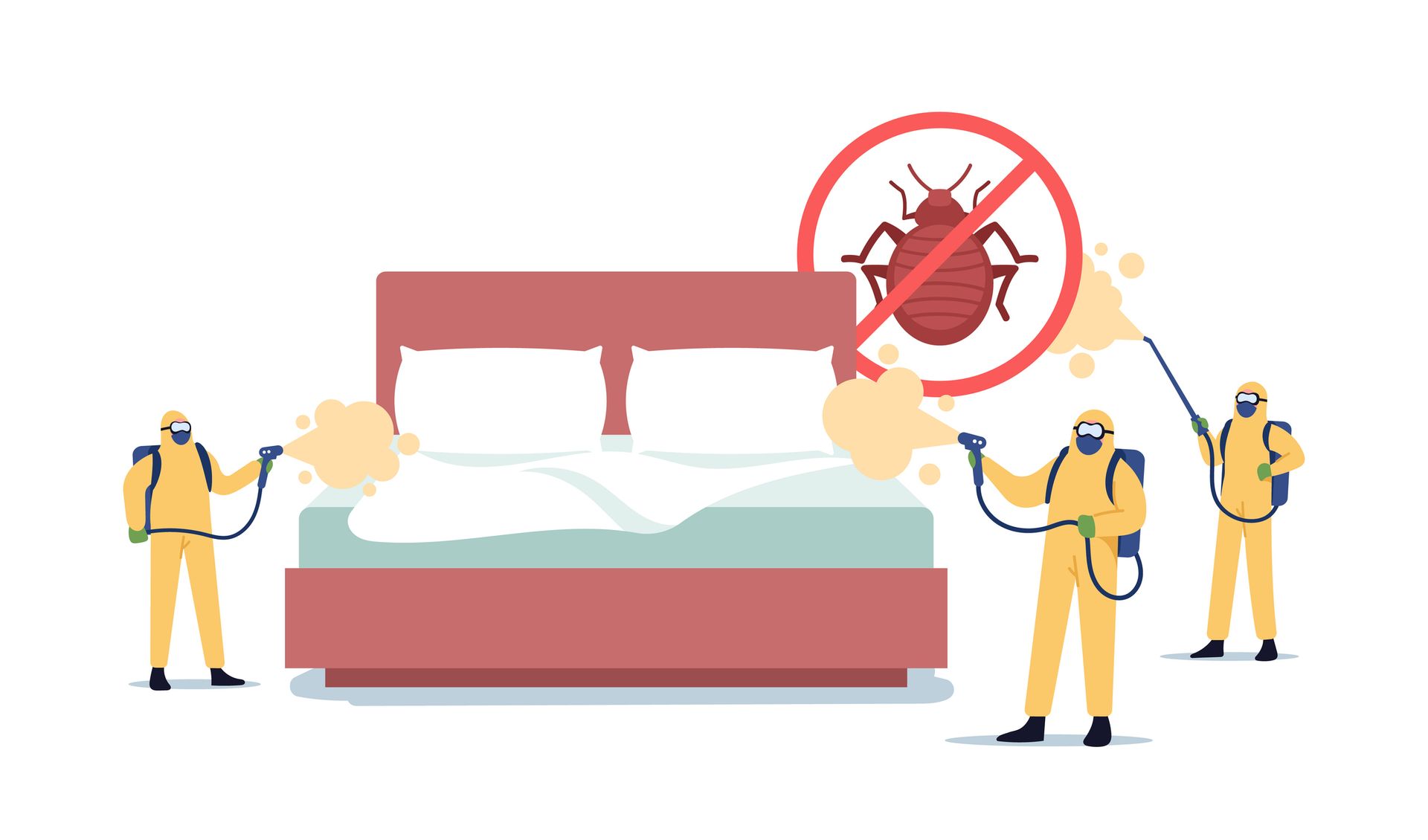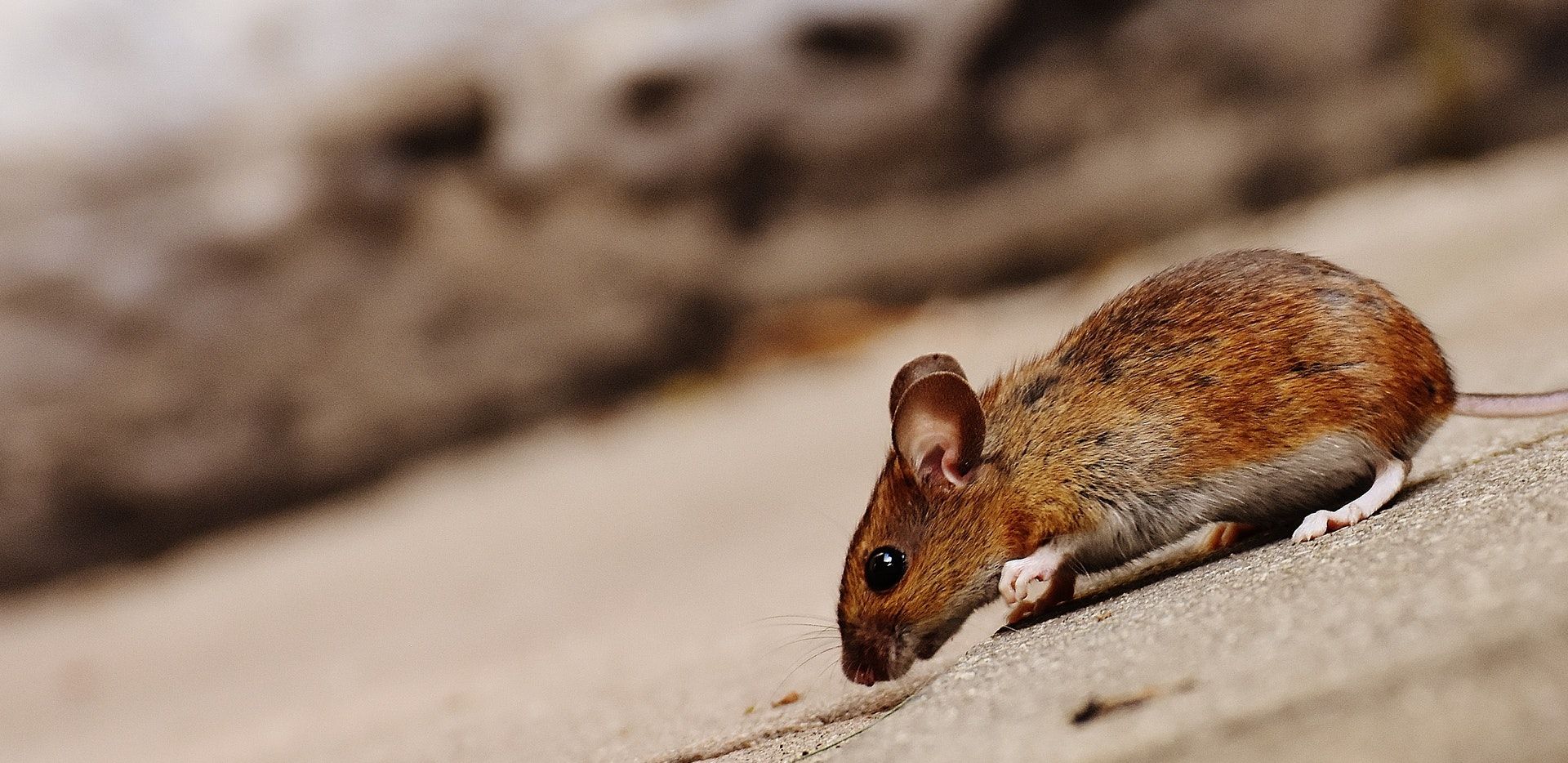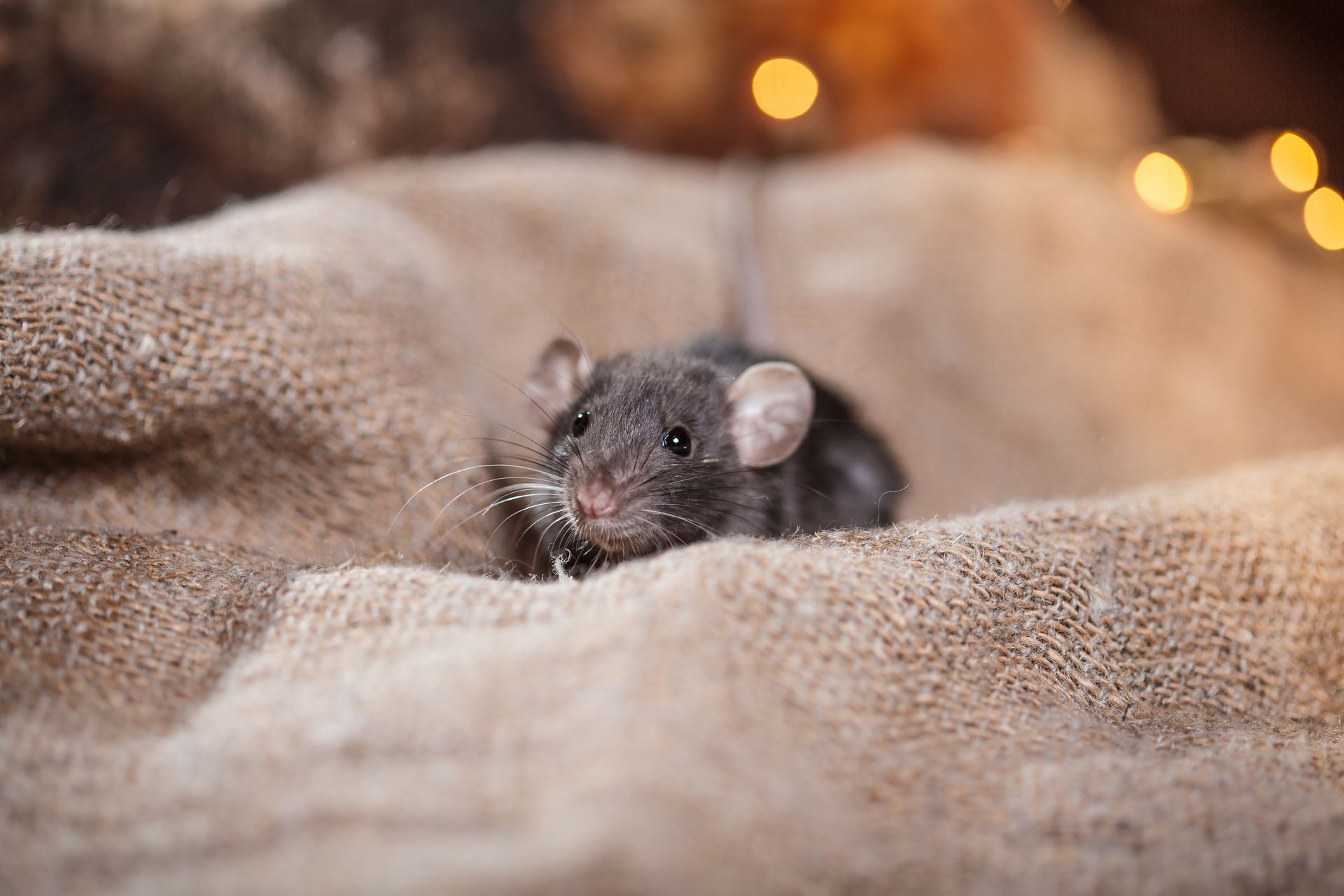All Ladybugs Are Not Nice
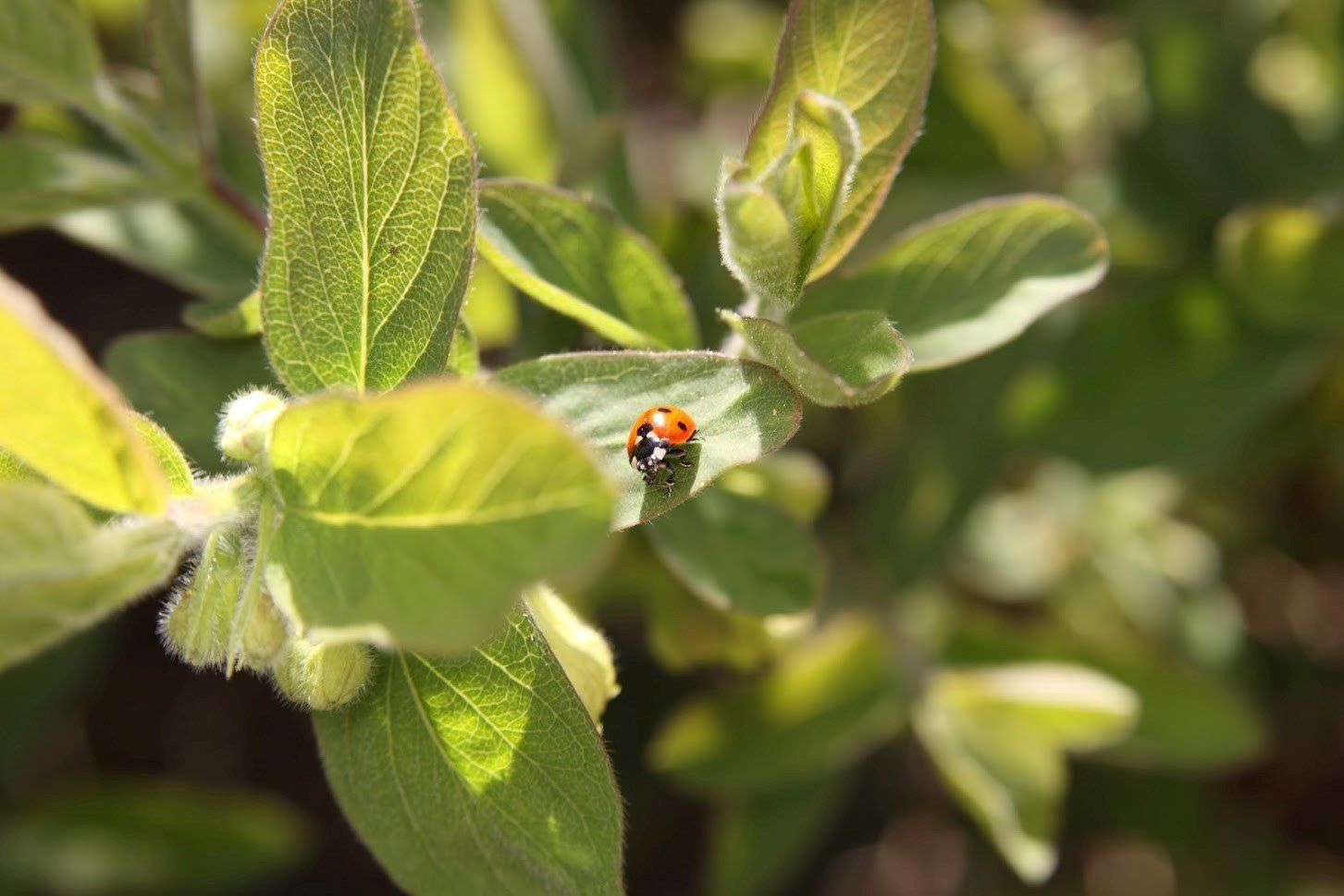
If you are a gardener, you likely look forward to seeing cute little black and red ladybugs in your garden during the growing season. They benefit your plants by eating aphids, fruit flies, mites, leafhoppers, and other garden insects. Unfortunately, they have a look-alike cousin in the Asian lady beetle that is not as nice. While they too are beneficial in your garden, they can become real nuisances in the fall and winter.
Learn more with this comparison between these two.
Appearance
To tell the difference between ladybugs and Asian lady beetle takes more than a simple glance at their colors. More than 150 species of ladybugs are in the U.S. alone, with more than 6,000 species worldwide.
You usually think of ladybugs being black and red, but they come in a wide array of colors. You can find pink, black, yellow, orange, and white ladybugs.
Asian lady beetles range in color from light orange to red. They, too, have black markings but often have white markings on their head. Ladybugs are typically smaller and rounder with a shorter head than the Asian lady beetles, although some species of ladybugs are slightly larger.
One of the main differences between the two is seen on the back of their heads. Asian lady beetles will have a distinctive W- or M-shaped black marking. The marking may vary in size, thickness, and even slightly in shape, but it's obviously there. Ladybugs do not have this marking.
Habitat
You can find both ladybugs and Asian lady beetles in your woods, gardens, fields, and pastures during the spring and summer. One of the most apparent differences between the two is where they choose to spend their winters.
Ladybugs hibernate during the winter. Ladybugs will look for warm, protected places outside where they can huddle together with large numbers of their peers for warmth.
You can find ladybugs underneath leaves and logs, as well as in cracks, crevices, and tree hollows. Some may even attempt to enter your home, but this is usually not their first choice.
Asian lady beetles are attracted to warm, sunny locations during the winter. Unfortunately, they often find these locations in your home or building. They may gather underneath your siding, in your attic, or the high corners of your dining room, bedroom, or kitchen ceilings. They will pick anywhere they can catch a few rays of warm sunshine.
Once lady beetles arrive, they will generally remain dormant in large numbers but may fly around, especially towards your lights. Unfortunately, if you disturb them where they gather, they will excrete an obnoxious odor similar to a stinkbug and leave a yellow stain on any surface they are on.
Asian lady beetles will also feed on their dead counterparts. Due to the large numbers they gather in, these decaying bodies and fecal matter can release allergens into the air, affecting some people.
Bites
Ladybugs have mouths designed for chewing. But their jaws, or mandibles, were created for munching on the soft body aphids they prefer. Ladybugs are not aggressive and generally will not bite you even if they land on you.
But that is not always the case. Ladybugs may nip you if they feel you are aggressive or when they mistake you for a treat. Fortunately, their nip is not hard enough to break the skin.
Asian lady beetles are slightly different. Their mandibles have pinchers, and some of these beetles can bite hard enough to break your skin. While they are not overly aggressive, they will sometimes bite when searching for food or fluids.
You don't have to spend your winter with ladybugs or Asian lady beetles. If you notice an infestation, Pass Pest Control can treat your home and clean up the beetles there. Give us a call today so we can get you beetle-free.

